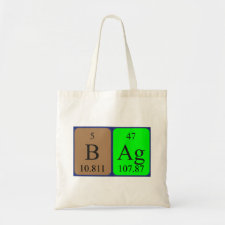
Authors: Hui A, Willcox M, Jones L
Article Title: Material properties and antimicrobial efficacy of novel antibacterial silicone hydrogel contact lenses.
Publication date: 2015
Journal: Contact Lens and Anterior Eye
Volume: 38
Issue: (Supplement 1)
Page numbers: e18.
DOI: 10.1016/j.clae.2014.11.015
Abstract: Purpose: The purpose of this study was to determine the material properties of novel ciprofloxacin-releasing model silicone hydrogels (SiHy) and their antimicrobial efficacy in an in vivo rabbit model of microbial keratitis (MK). Method: Ciprofloxacin-releasing model SiHy materials were synthesized using a molecular imprinting technique. The water content (WC), light transmission and surface wettability of the materials were determined using gravimetric, wavelength scan and sessile drop techniques respectively. New Zealand white rabbits were used in an in vivo model of MK, with an infection induced by inoculating Pseudomonas aeruginosa isolate 6294 onto the ocular surface after a superficial scratch was made with a 23-gauge needle. The eyes were treated with the SiHy lenses or controls 16-h post-scratch for 8 h, after MK had developed. The rabbits were euthanized, the corneas harvested, homogenized and plated for viable bacterial counts. Results: All contact lenses (CL) transmitted >80% of light in the visible spectrum, with a small decrease in transmission in the shorter wavelengths due to the ciprofloxacin tinting the lenses yellow. The WC ranged from 35% to 45%, with lower WC as more ciprofloxacin was added. The contact angles ranged between 75 and 95 degrees, which is similar to other non-surface treated SiHy. On average, 106 colony forming units (cfu) were recovered from corneas treated with non- imprinted CL, and there was a significant reduction (p < 0.05) in bacteria isolated (102 cfu) from corneas treated with the imprinted lenses, with many of the corneas rendered sterile through CL treatment. Conclusions: Using a molecular imprinting technique, model CL materials were created for the sustained release of ciprofloxacin. Measured material properties were acceptable for lens wear, and evidence from in vivo rabbit testing demonstrated the potential of these antibiotic-loaded CL for treating MK. Alex Hui is a Doctor of Optometry from the School of Optometry and Vision Science, University of Waterloo. He is currently pursuing his PhD under the supervision of Dr. Lyndon Jones at the Centre for Contact Lens Research, University of Waterloo. He has been awarded funding from the Canadian Government (NSERC), Australian Government (Endeavour Research Fellowship) and the American Optometric Foundation (AOF) to pursue his studies. Copyright © 2014 Published by Elsevier Ltd
Template and target information: ciprofloxacin



Join the Society for Molecular Imprinting

New items RSS feed
Sign-up for e-mail updates:
Choose between receiving an occasional newsletter or more frequent e-mail alerts.
Click here to go to the sign-up page.
Is your name elemental or peptidic? Enter your name and find out by clicking either of the buttons below!
Other products you may like:
 MIPdatabase
MIPdatabase









